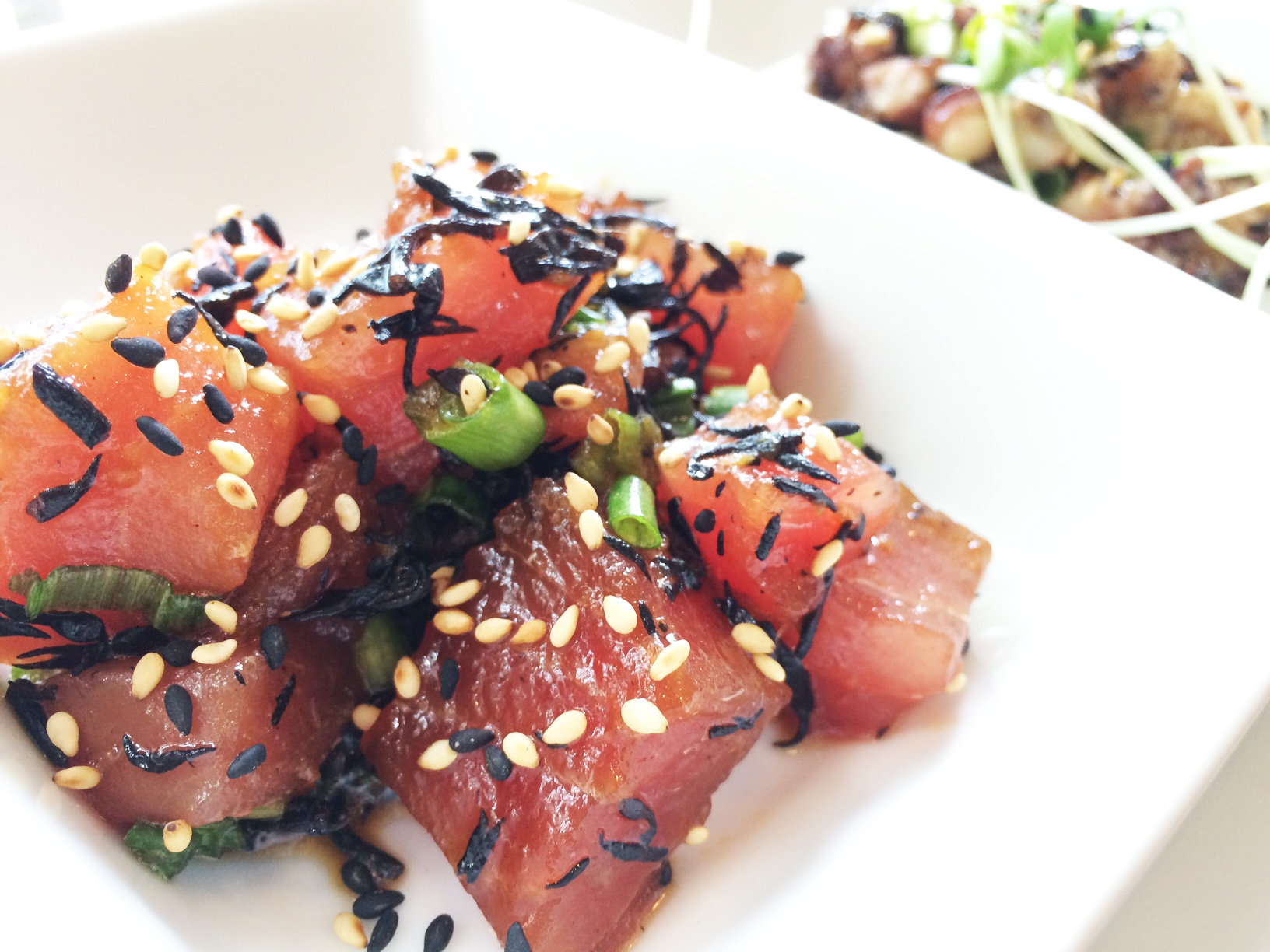
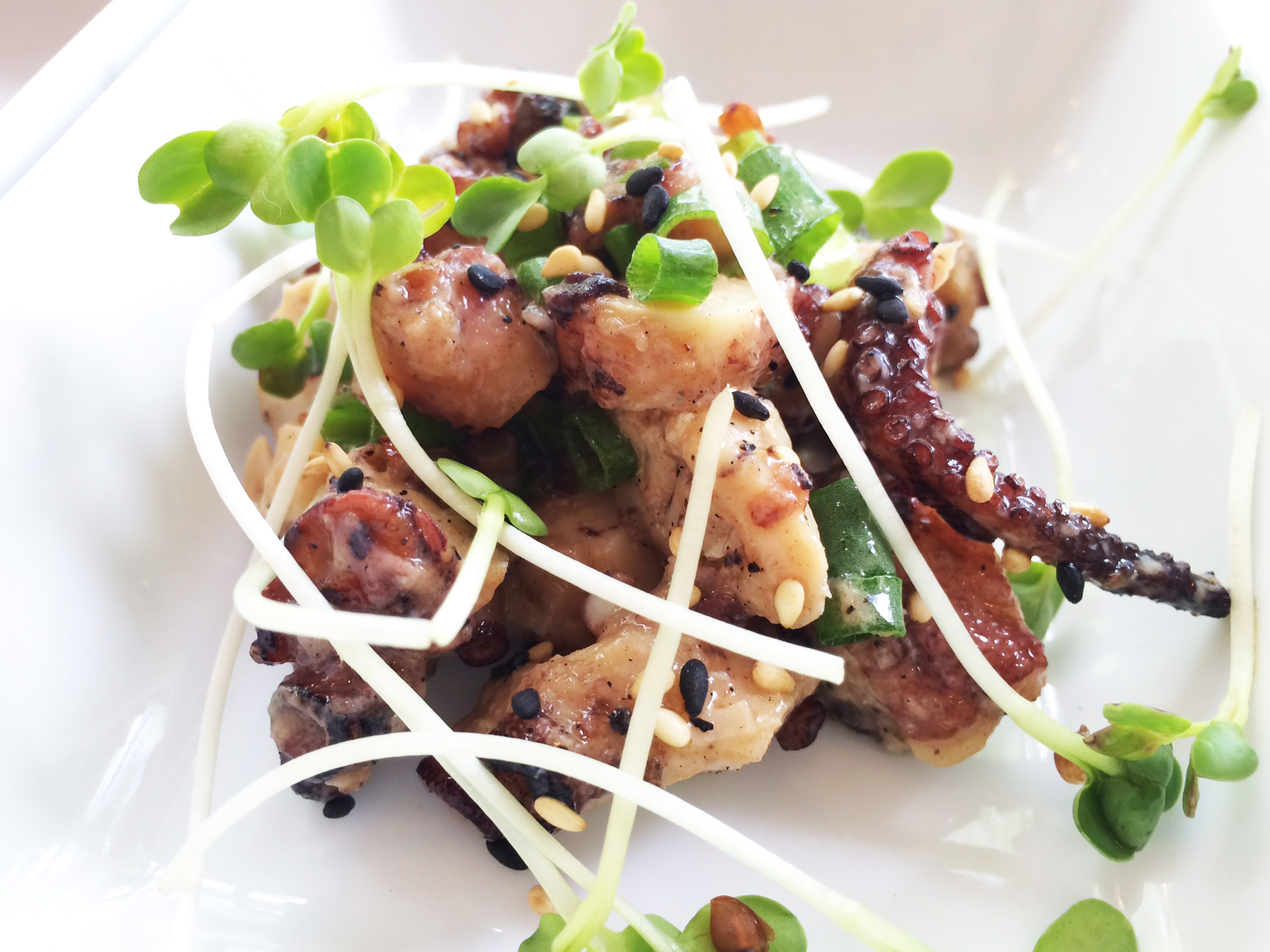
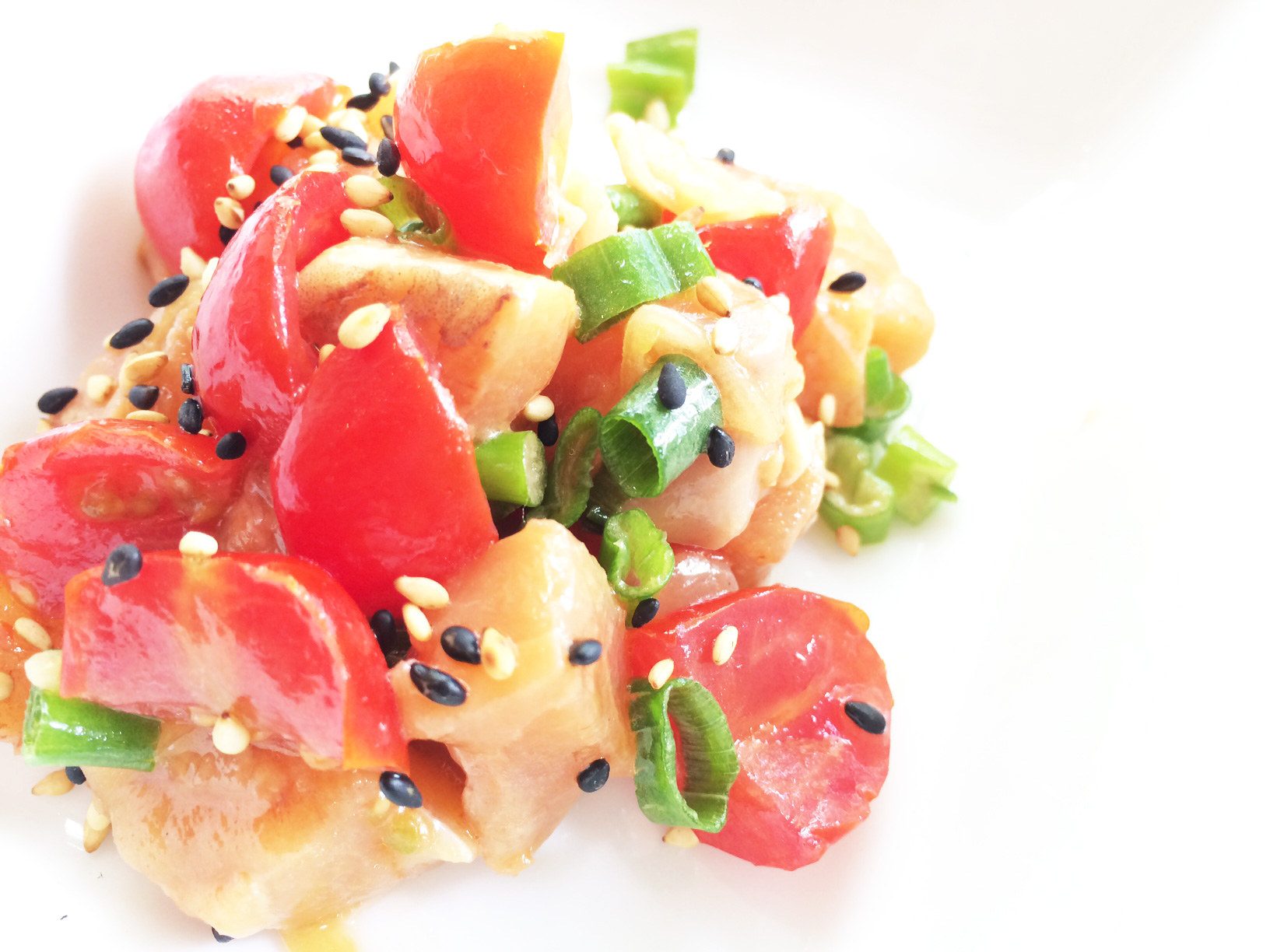
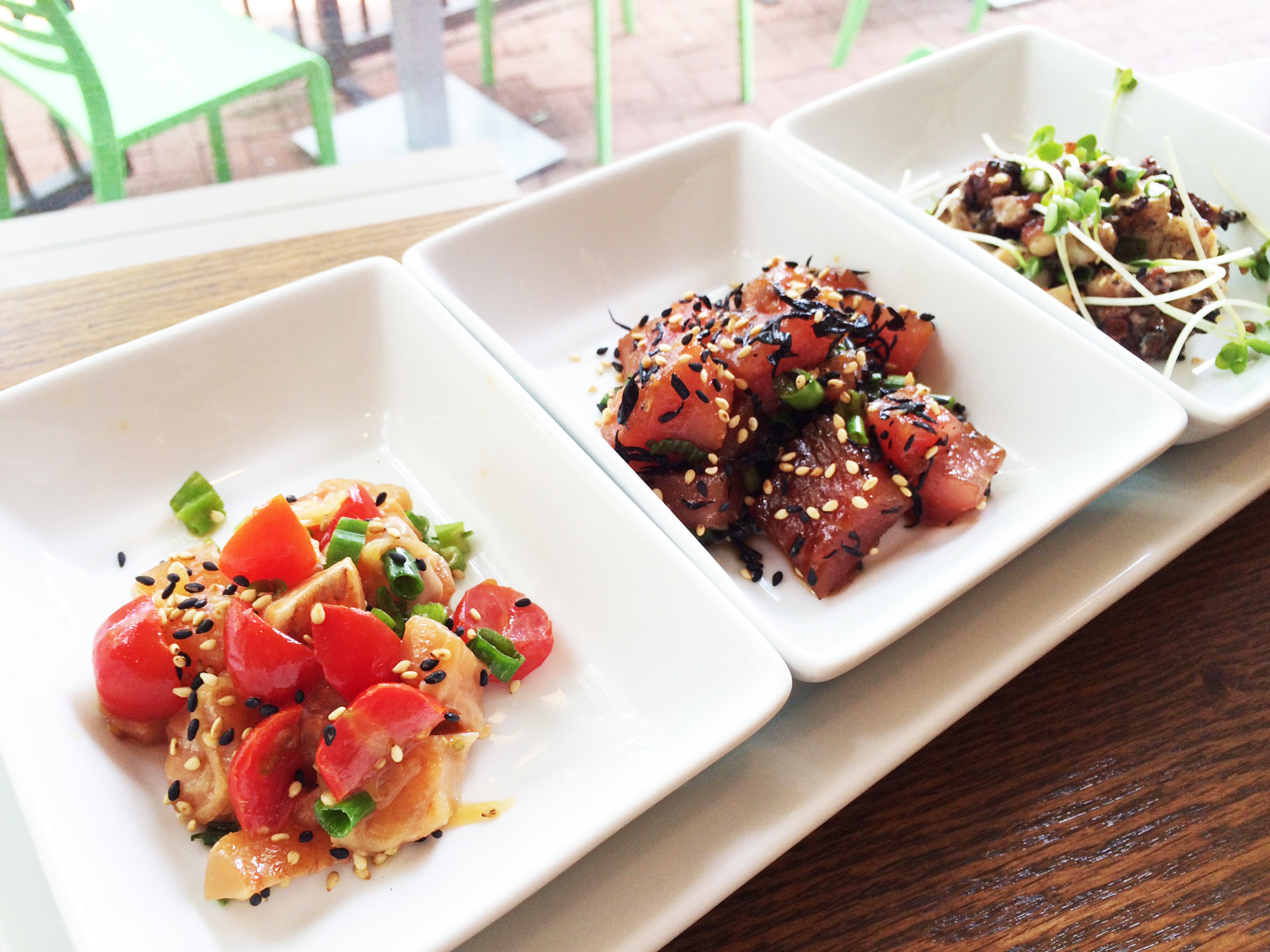
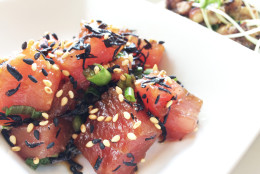
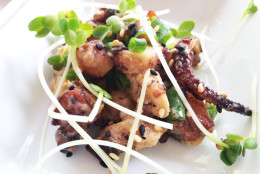
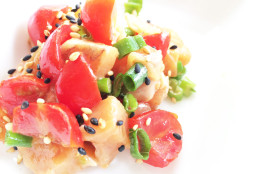
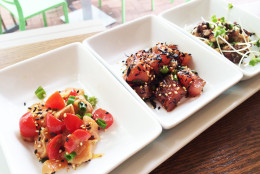
WASHINGTON — Bon Appétit says it’s “so hot right now,” Business Insider calls it the “next big food trend” and the Los Angeles Times refers to it as the “craze” that “has taken the country by storm.” But to Mikala Brennan, it’s just poke.
“We’ve been serving poke from the [Hula Girl] food truck and now the restaurant for five or six years, so to have it now just in the past year become this trendy item, it’s kind of funny to me,” said Brennan, chef and owner of Hula Girl Bar and Grill in Shirlington, Virginia.
“We already knew it was a great dish.”
And while poke is old news to Oahu native Brennan, the traditional Hawaiian dish is new to a lot of East Coasters — but that’s about to change. Poke outposts are popping up in cities such as Philadelphia, New York and Chicago — and D.C. is next.
In its simplest version, poke is cubes of raw fish (ahi tuna is the most popular), dressed with shoyu (Hawaiian soy sauce), sesame oil, ginger, onion, chili peppers and seaweed.
However, Brennan says there are endless interpretations and variations. Some pokes are made with octopus or shrimp, some are mixed with avocado or mango, and some are served on top of rice or salad.
“You have purist people and then you have people that are OK with taking some chances and messing with what’s good,” Brennan said. “It’s interesting to see the ‘chef-ing up’ of poke.”
In Hawaii, poke is everywhere — from beach coolers to fine-dining establishments, and even grocery store counters.
“Instead of having just a deli case, you have a deli case and then next to it, you’ll have a poke case. And you’ll find 10 to 12 different varieties of poke — tuna with green onion, tuna with regular onion, tuna spicy,” Brennan said.
“It’s very accessible. It’s something that you don’t think twice about grabbing a pound and bringing it home.”
In D.C., it’s not as ubiquitous, but it is getting easier to find. At Brennan’s restaurant, she makes three different types of poke, including salmon poke, grilled octopus poke and ahi tuna poke.
Maki Shop and District Fishwife include poke on their menus, and later this year, Washingtonians will be able to get their fresh-fish fix at Northern Virginia’s new fast-casual poke spot Lei’d.
Husband and wife team Lisa Nguyen and Au Dang, co-founders of the restaurant group Happy Endings Hospitality, are the force behind the new concept. They decided to focus exclusively on poke after falling in love with the dish on a Hawaiian vacation and then going through withdraw upon their return to Washington.
“The DMV area is very diverse and there are a lot of different cuisines, but we couldn’t find poke anywhere,” Nguyen said.
She hopes Lei’d will fill the void.
The restaurant will be set up similar to Chipotle’s service model. Diners will pick a base (rice or salad), choose from five different proteins (salmon, tuna, shrimp, duck and tofu) and finish off their poke bowls with sauces and toppings.
Similar concepts have experienced success in California and New York, and more food entrepreneurs are taking note.
“It’s fast, it’s fresh, it’s healthy, it’s customizable,” said Dang, who hopes to open Lei’d by December 2016. “It’s also perfect if you want to fulfill a sushi craving, but you don’t want to have to go to a sit-down restaurant or you don’t want to have to pay a fortune for it.”
So why is the excitement over poke just now hitting this side of the mainland? Brennan’s answer is simple: “Probably because we’re 6,000 miles away from Hawaii,” she said.
True, but with poke making a splash in the District, the distance between the nation’s capital and the 50th state has never been shorter — at least on the plate.
“I guess I’m kind of tickled to see that it is such a big deal out here. I kind of laugh in ways because it’s a trend — it’s just poke to us,” Brennan said.
“I guess I’ll just wait to see when it hits Cheesecake Factory. Then you know it’s everywhere.”






